On This Day...March 1st
American GI Ivan Parrott captured on film as he runs through the smoke in no man's land near Neuss, Germany during the Battle for the Rhine on 1st March 1945.
More diorama bait...
Lancaster of 153 Squadron, Scampton, England on 1st March 1945 - in preparation for raid on Mannheim, Germany.
Lieutenant Charles "Chuck" Gumm Jr. was born on 29th October, 1920 in Spokane, Washington, and was a distant relative of the entertainer Judy Garland (born Frances Ethel Gumm). In 1942, following Pearl Harbour, and shortly after marrying his high school sweet heart (Muriel "Toni" Wiley), Chuck left university to volunteer for training in the USAAF.
He joined the 354th Fighter Group (The Pioneer Mustang Group) of the 355th Fighter Squadron (Pugnacious Pups) where he undertook his training as a pilot.
After a while, Chuck and Muriel were blessed with the birth of their daughter Toni, and Fighter Group 355 was posted to England. After crossing the U.S. by train they arrived in Manhattan where they were loaded onto the HMS Athlone Castle, and set sail for Liverpool.
They arrived on 1st November and made their way to Greenham Common airbase, which was to become their first home in England. This would be a short stay and, on 13th November, they were posted to Boxted airfield, Station 150, in the small rural East Anglian village of Langham. The Air Ministry usually named airfields after the nearest village or town. However, there already existed an airfield named Langham in Norfolk, so in this case the airfield was named after the next nearest village, Boxted.
On March 1st 1944 Chuck Gumm made the ultimate sacrifice. His P-51 Mustang was flying on a routine cross country flight to nearby Goxhill when just after take off, the engine lost power at 800 feet. Observers of the crash, and in particular Canon W. Wright (St. James Vicarage) reported that Gumm could have parachuted to safety but chose to stay in his plane which crashed into an open field outside town.
Gumm realised he was over the Nayland village and that if he bailed out to save himself his plane would crash into the English town and claim innocent lives. He therefore decided to remain with his plane to steer it away from the village and to attempt a forced landing. It crash landed on the banks of the river Stour, unfortunately, at the last moment his Mustang hit a tree and he was thrown out of the cockpit and died instantly.
During his brief flying career, Gumm received the air medal and three oak leaf clusters. He was also awarded, posthumously, the silver star, the soldiers medal and the distinguished flying cross for gallantry in action. At the time of Lt. Gumm's death he was the leading ace for the group with 7½ victories to his credit.
The residents of Nayland were deeply moved by Gumm's clear and unmistakable gallantry and commissioned a memorial plaque.
They also installed a bench in St James's churchyard with two brass plates afixed; one with a dedication to the young hero, whilst the other has the apt poem, 'A life that I have', by Leo Marks, inscribed as follows,
“The life that I have
Is all that I have
And the life that I have
Is yours,
The Love that I have
Of the life that I have
Is yours and yours and yours,
A sleep I shall have
A rest I shall have
Yet death shall be but a pause,
For the peace of my years
In the long green grass
Will be yours and yours and yours.”
Lt. Gumm is buried at Greenwood Memorial Terrace in his home town of Spokane, Washington, United States of America - where he is still remembered. He was survived by his wife Muriel R. and 10 month old daughter.
Lt. Charles F. Gumm's heroic deed is remembered still with a wreath being laid on on his bench each Remembrance Day.
BT-13 ‘Valiant’ on a runway at Minter Field, California, On March 1st, 1943.
M4 Sherman tank of 745th Tank Battalion, US 1st Infantry Division at Gladbach, Germany, 1st March, 1945.
Soviet 85 mm M1939 (52-K) anti-aircraft guns in Leningrad, Russia, 1st March, 1942.
Showing the absurdity of war, two Canadian soldiers try to move an obstinate donkey out of the line of fire during their advance on the town of Calcar, Germany, 1st March, 1945.
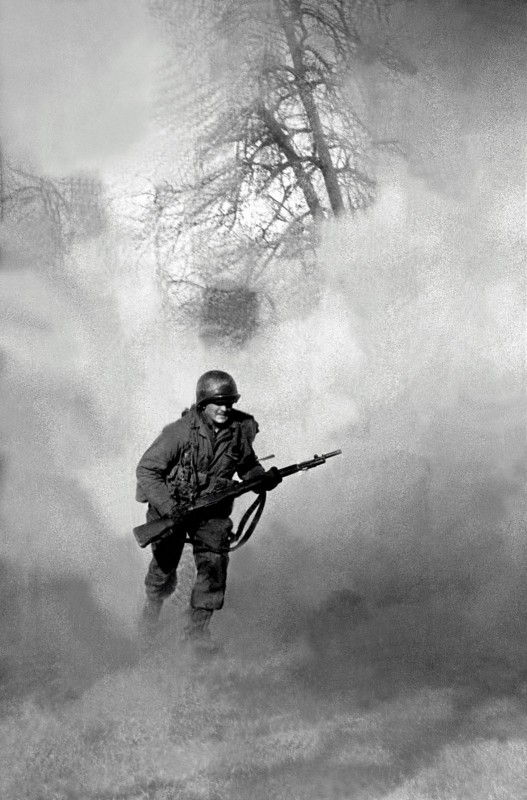
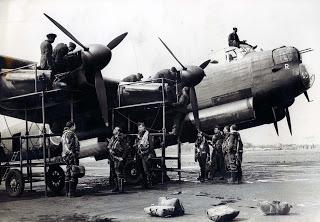
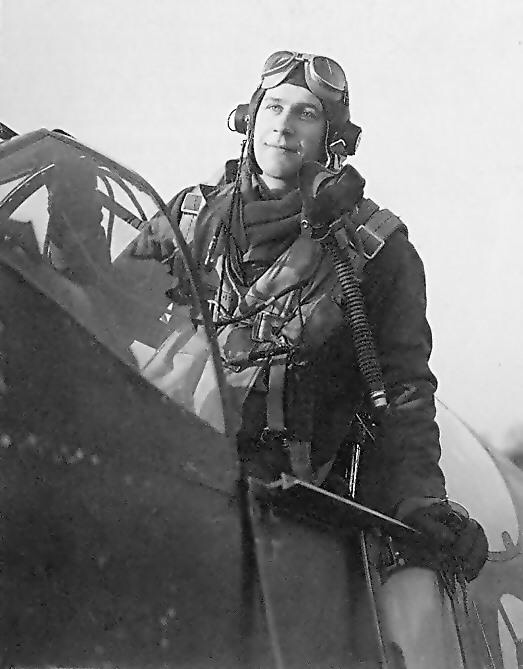


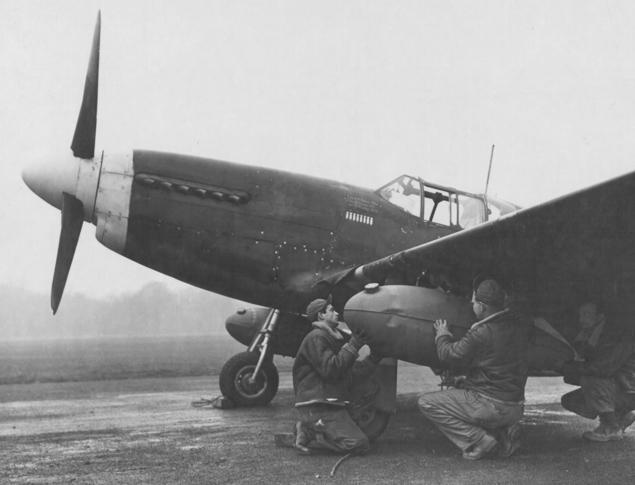
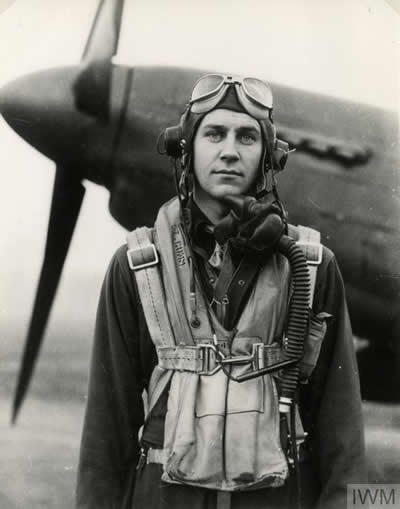
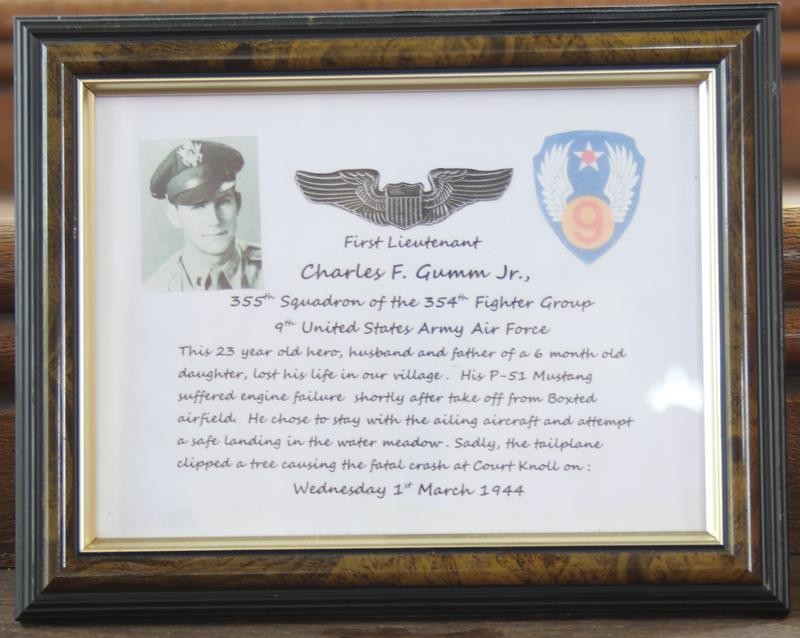
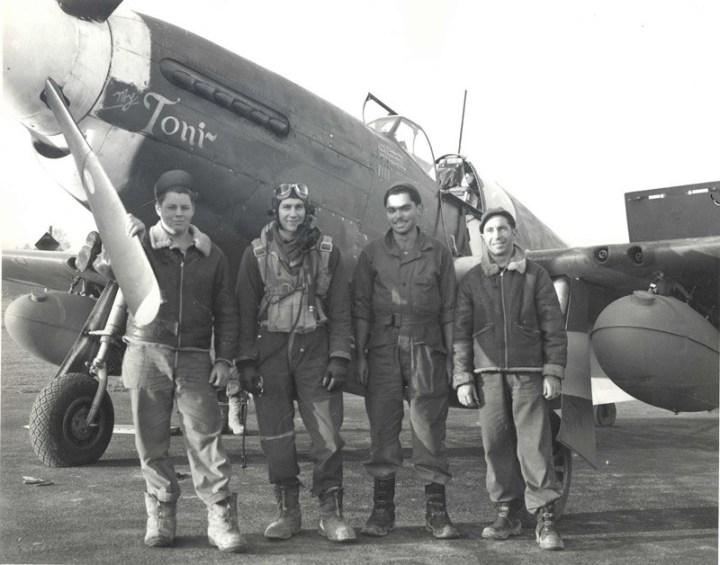
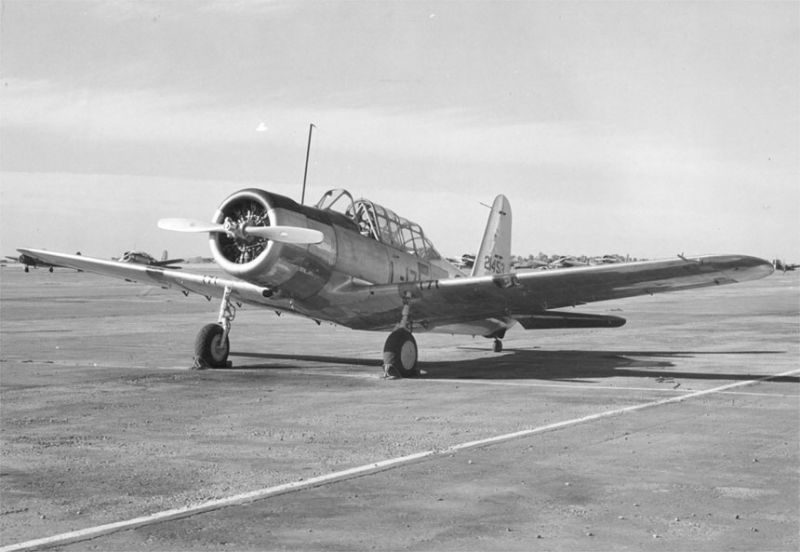
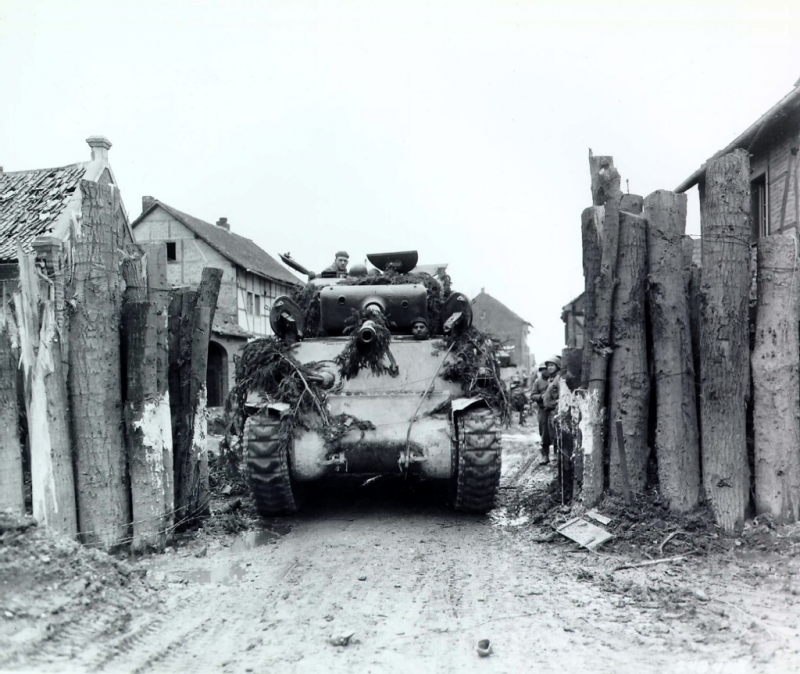
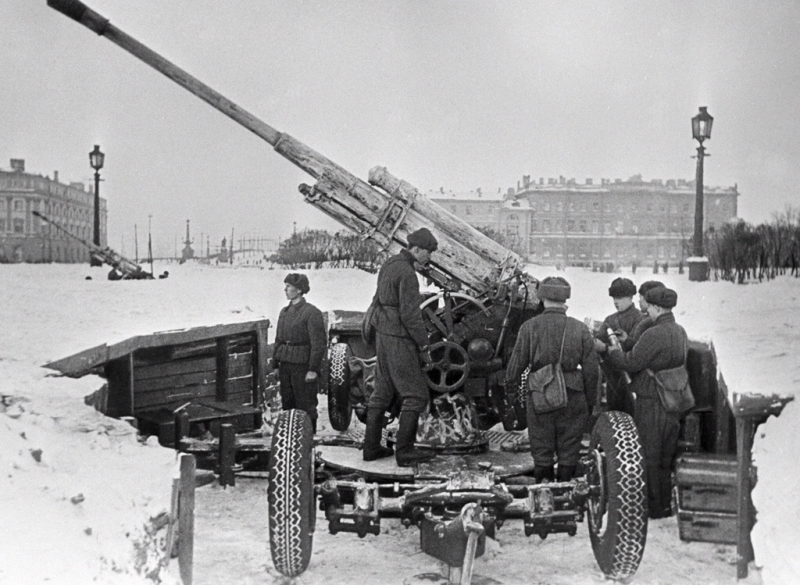

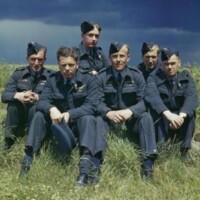
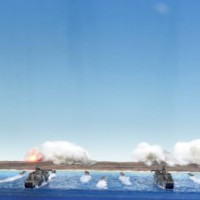


The US Army in Italy in WWII used mules to move supplies through the mountains and over terrain that was too rough for motorized vehicles. The men who tended to them were known as "skinners" and at one point, there was shortage of them, which almost resulted in a supply crisis. Fortunately, there were enough farm boys in most units to handle the situation...
"Mule Skinner" is the old term for anyone who cared for and/or drove mules. The surname "Sinner," not uncommon in the English-speaking world, derives from this.
Now there’s a line of research I need to follow up. There’s always something that you could never have predicted in looking at how men went to war. Like using camel dung mines to blow up tanks, using donkeys to supply lines, men falling out of airplanes without parachutes, the ‘wrong’ side doing the ‘right’ thing.
Thanks, Jaime. Really appreciate the input.
@jetmex
“The absurdity of war” is definitely like “trying to move an obstinate donkey”. There may not be a better analogy. At least in my humble opinion on this first day of March.
These were really interesting today, David. Charles Gumm’s Story was particularly special.
Mules were also used extensively in Burma by the 475th Infantry Division, also to move supplies through rough terrain. Lucian Truscott was said to have a mounted cavalry division ashore in Sicily, but was not allowed to keep it.
Elephants were used in India to help load transport aircraft flying the Hump. War does indeed create strange bedfellows...
1 attached image. Click to enlarge.
Thank, Jaime. Great photo.
I’ll be honest, I knew nothing about Truscott other than the name and spent the last half hour reading about him. Ian impressive man who was clearly respected by his men.
Excellent article David. @dirtylittlefokker
The "Stetson" hat is still one of my favorites, but hey I'm biased... and proud of it at the same time
The last Army unit I served with was the 3rd Armored Cavalry Regiment. Their lineage traces all the way back to 1846. Now they're called the 3rd Cavalry Regiment... and served with distinction in most US conflicts since then.
They still have a support unit that is called "Muleskinner".
Our "L" Troop earned a battle streamer for action in and around Bastogne during WW2.
The unit also saw action at San Juan Hill with Teddy Roosevelt. This picture shows some of the 3rd Squadron troopers on the left, "Teddy" Roosevelt in the middle, with the 1st Volunteer and the 10th Cavalry troopers on the right.
Some of the best known commanders were George S. Patton prior to WW2, and H. R. McMaster during the Gulf War.
Here's a link if anyone's interested.
https://en.wikipedia.org/wiki/3rd_CavalryRegiment(United_States)
Brave Rifles !